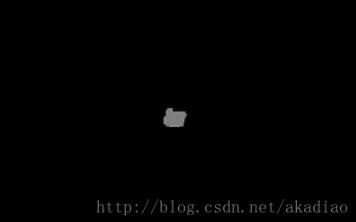opencv3/C++实现视频背景去除建模(BSM)
人气:0视频背景建模主要使用到:
高斯混合模型(Mixture Of Gauss,MOG)
createBackgroundSubtractorMOG2(int history=500, double varThreshold=16,bool detectShadows=true);
K最近邻(k-NearestNeighbor,kNN)
createBackgroundSubtractorKNN(int history=500, double dist2Threshold=400.0, bool detectShadows=true);
history:history的长度。
varThreshold:像素和模型之间马氏距离的平方的阈值。
detectShadows:默认为true,检测阴影并标记它们(影子会被标记为灰色)。 会降低了部分速度。
实例:
#include<opencv2/opencv.hpp>
using namespace cv;
int main()
{
VideoCapture capture;
capture.open("E:/image/01.avi");
if(!capture.isOpened())
{
printf("can not open video file \n");
return -1;
}
Mat frame;
namedWindow("input", CV_WINDOW_AUTOSIZE);
namedWindow("MOG2", CV_WINDOW_AUTOSIZE);
namedWindow("KNN", CV_WINDOW_AUTOSIZE);
Mat maskMOG2, maskKNN;
Ptr<BackgroundSubtractor> pMOG2 = createBackgroundSubtractorMOG2(500,25,true);
Ptr<BackgroundSubtractor> pKNN = createBackgroundSubtractorKNN();
Mat kernel = getStructuringElement(MORPH_RECT, Size(5,5));
while (capture.read(frame))
{
imshow("input", frame);
pMOG2->apply(frame, maskMOG2);
pKNN->apply(frame, maskKNN);
//对处理后的帧进行开操作,减少视频中较小的波动造成的影响
morphologyEx(maskMOG2,maskMOG2, MORPH_OPEN, kernel, Point(-1,-1));
morphologyEx(maskKNN,maskKNN, MORPH_OPEN, kernel, Point(-1,-1));
imshow("MOG2", maskMOG2);
imshow("KNN", maskKNN);
waitKey(3);
}
capture.release();
return 0;
}
视频中移动的玻璃球:

MOG分离出的小球区域:

KNN分离出的小球区域:

以上这篇opencv3/C++实现视频背景去除建模(BSM)就是小编分享给大家的全部内容了,希望能给大家一个参考,也希望大家多多支持。
您可能感兴趣的文章:
加载全部内容